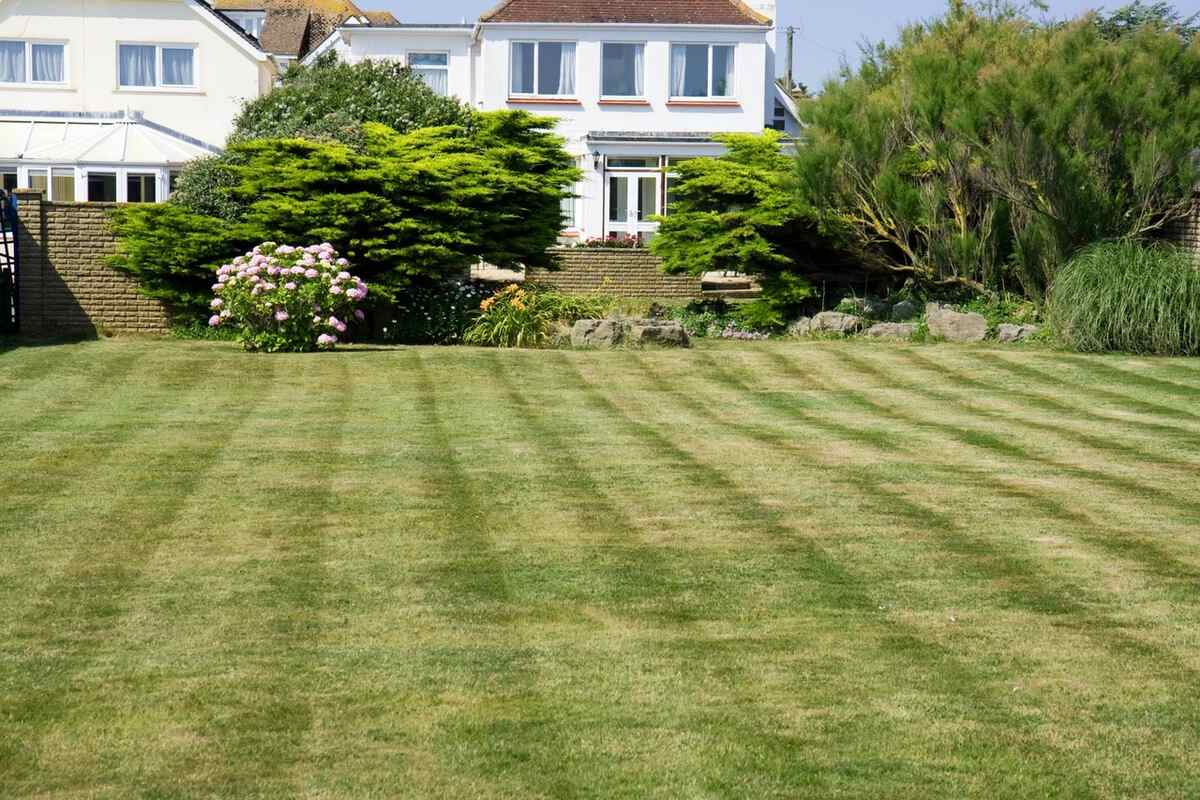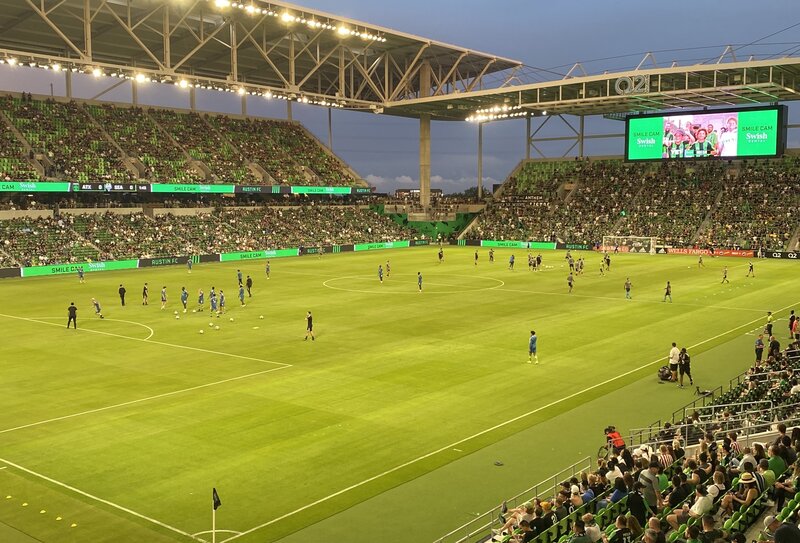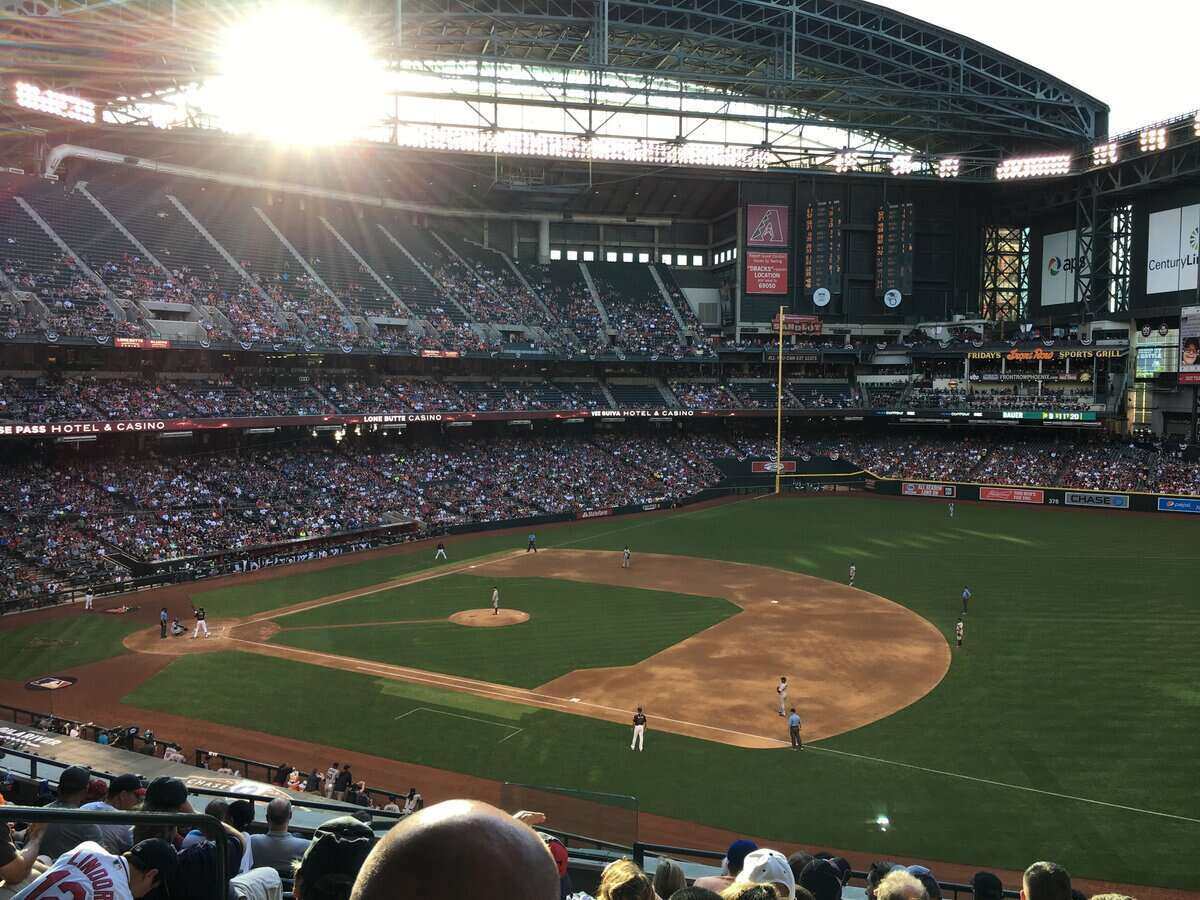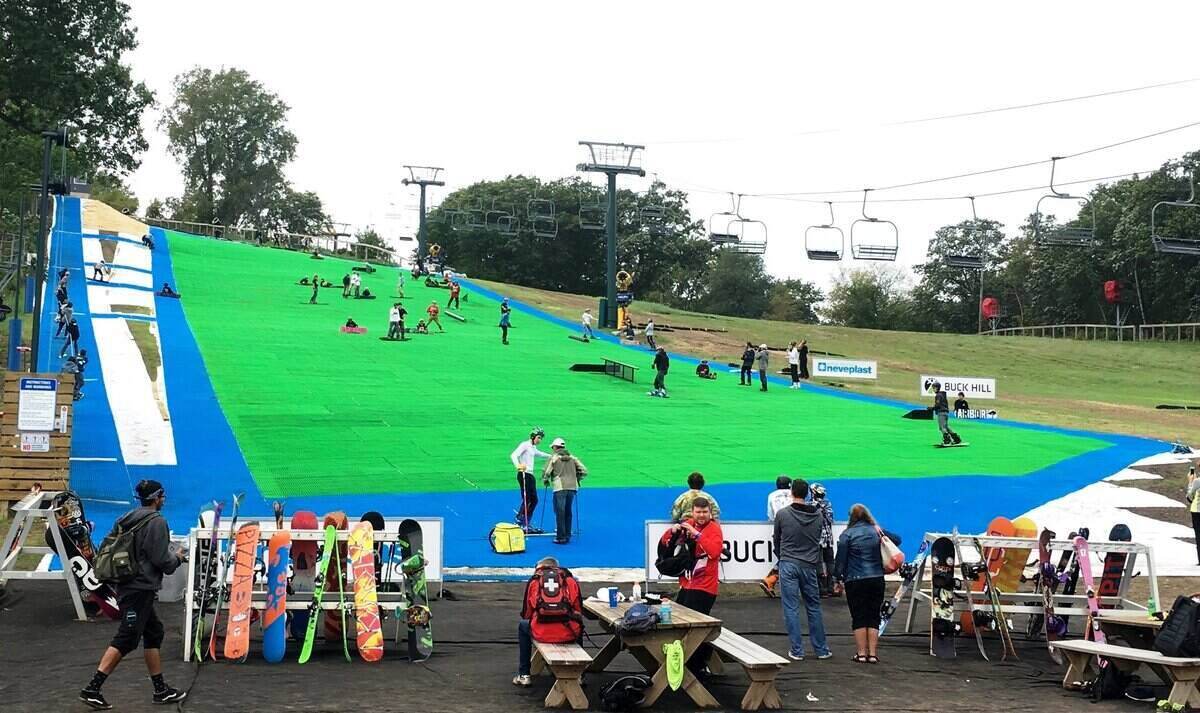
Would you believe Olympic skier Lyndsey Vonn didn’t learn to schuss on snow but on grass? And not on a mountain but a hill? This is the story of green slopes, aka dry slopes.
Let’s get started…
Grass and Snow as Frenemies
You don’t need to take a master gardener’s class to know that lawns and snow aren’t best buddies.
Snow and lawns are frenemies. Snow allows the grass to capture and conserve ambient nitrogen from the air during winter dormancy. When released during melting, that nitrogen acts as a fertilizer, helping make the evolution from winter to spring easier on the lawn.
At the same time, the temperatures that enable snow can freeze blades of grass, leading to the potential for breakage. The blades will bounce back, but it may take a while.
Further, all that white stuff can leave lawns having to fight off a snow mold that can last beyond the melting of the snow in the spring. And if the rock salt used to clear roads gets kicked up by shoveling or plowing and lands on the lawn, it can burn the grass.
There’s something of a happy medium between snow and grass, though. It’s the advent of skiing on grass, which has brought together a détente of sorts between winter white and summer green.
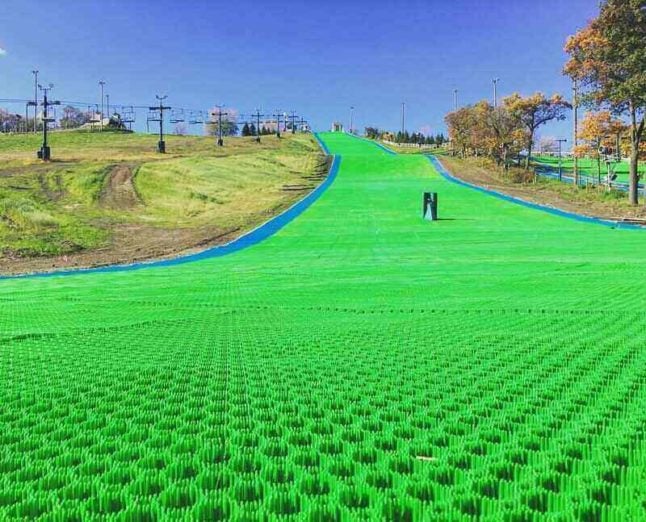
Grass Skiing Reimagined
Grass skiing, developed by Josef Kaiser in Germany in the 1960s, has gone from an innovative way for alpine skiers to train on wheeled skis to becoming a sport in its own right.
And in recent years, grass and skiing have been reimagined. They have been combined in a way for summer alpine and Nordic skiing and tubing to be part of the sporting scene while advocates wait for the snows to show up.
Not far from Minneapolis, the smallish Buck Hill ski/snowboard/tubing area combines the grass on its slopes with an artificial surface called Neveplast to make for a cool warm-weather ski experience.
This surface, a product of Neveplast Italia that debuted in 1998, comes in several forms. The one installed at Buck Hill is something of a honeycombed carpet. Grass grows through the openings in the carpet, helping to hold the surface, which is anchored by screws, in place. The higher the grass, the more the ski-like the experience.
Lyndsey Vonn’s Buck Hill Roots
Buck Hill is best known as being the original stomping grounds of now-retired U.S. Olympic gold medalist Lindsey Vonn. It may seem odd that someone who has the most women’s World Cup skiing wins with 82 – Ingemar Stenmark, now 65, holds the men’s record at 86 – got started at Buck Hill.
It is, after all, just 310 feet from top to bottom. That’s what they call serious elevation in oh-so-flat Minnesota. When you think of all the skiing venues that Vonn and her fellow Buck Hill alum, former three-time Olympian Kristina Koznick, have competed on, 310 feet is modest, to be sure.
Colorado, where Vonn now does most of her skiing, has thousands of feet of vertical drop. Most areas featuring world-class skiing have their base lodges sitting a mile or more above sea level. In that context, an elevation of 310 feet is barely a pimple.
Buck Hill, the Butt of Jokes
The running gag about Buck Hill is that if you pass a semi on the freeway, you might never see the ski hill as you whiz by.
Just ask three-time Olympic gold medalist and all-around skiing legend Jean-Claude Killy, who has lived the Buck Hill experience.
Writing in his autobiography after his retirement, “Comeback,” Killy said of his Minnesota experience, “Nothing I had seen in the ski world prepared me for Buck Hill. We almost didn’t see it.”
It’s safe to say that two decades into the 21st century, Vonn has her pick of the best snow in the world on which to ski. That hasn’t driven her away from her early stomping grounds.
Pre-pandemic, her Lindsey Vonn Foundation returned to Buck Hill for on-grass summer events designed to pique interest in the art of downhill skiing.
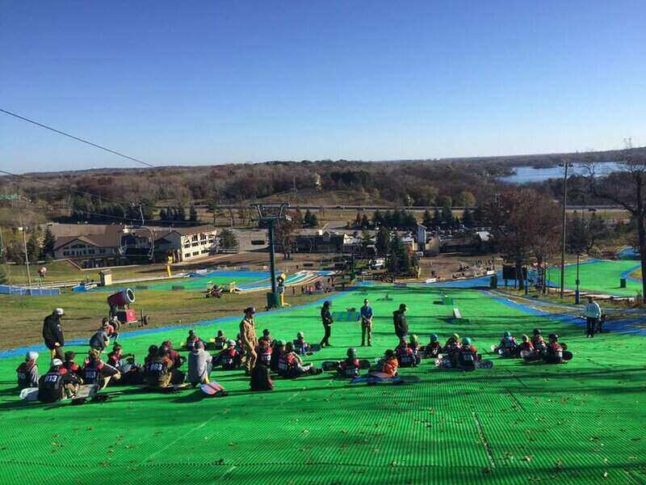
A Lubricant-Slippery Ski Slope
You won’t see any snowplows on Buck Hill during the summer. Instead, the Neveplast surface is securely anchored into the ground, then is massaged with a lubricant that keeps the surface slippery.
The lubricant isn’t snow, it isn’t white and it isn’t amenable to making snowmen. Still, the lubricant is essential to the Buck Hill skiing experience in the summer and fall, and it serves something of the same purpose as snow.
Every skier going through the lift line automatically gets lubricant applied to the bottom of their skis or snowboard to ease the trip downhill.
And while rainy days generally are murder on a ski area covered in snow, the rains of summer can be a blessing. The rain water makes the Neveplast/grass surface all the more slippery.
So much so, that on bright, sunny days, the crew at Buck Hill periodically turns on the sprinklers. That waters the grass of the dry slope while at the same time increasing the ability of skis and snowboards to slide downhill by making the Neveplast all the more slick.
Dry Slopes More Common Around World
So-called dry slopes are all over the place, particularly in Europe. In the United Kingdom alone, there are more than 50 dry slope options, with more soon to be added to the U.K.’s stock. In Denmark, Copenhagen’s CopenHill is smack in the middle of the city, sitting on top of an ultra-modern energy plant. It’s elevated enough that it’s reputed to offer the best view of the city, better than any high-rise.
In the United States, Buck Hill has just two dry slope competitors, Powder Ridge in Connecticut and Liberty Mountain in Virginia.
Grass Slope Disadvantages
In the grass vs. snow debate, it’s clear that snow is always preferred. Just ask anyone who falls, hits snow and bounces back up. When a skier or boarder falls where there’s no snow, the combination of Neveplast and grass is about as hard as the hardest of hardpacks. So, there’s that.
While snow covers up small rocks and stones, those natural obstacles generally remain at least semi-exposed on a Neveplast/grass surface and can be murder on the bottom of a pair of skis or a snowboard.
Even without the natural obstacles, when skis or boards encounter the plastic of Neveplast, heat is created, heat that never appears when skiing on snow. So much so, that skis and boards will need to be cooled off from time to time during the course of a day spent grass skiing.
The Green, Green Slopes of Home
The skier will have to, of course, get used to going down a green slope. That can be a bit jarring to the senses to someone whose idea of skiing is winter wonderland-ish.
While we learned growing up from Kermit that “it’s not easy being green,” our favorite Muppet frog points the way to skiing on grass when he croons “When green is all there is to be … it’ll do fine.”
When to Call a LawnStarter Pro
If your grassy slope or lawn is looking unkept, a LawnStarter pro can whip it (and trim and edge it) into shape. You may not be able to ski on your grass afterward, but you can enjoy your yard. The feel of freshly mowed grass on bare feet can be every bit as refreshing as schussing down a snow-covered (or Neveplast-covered) slope is for a skier.
Main Photo Credit: Neveplast

